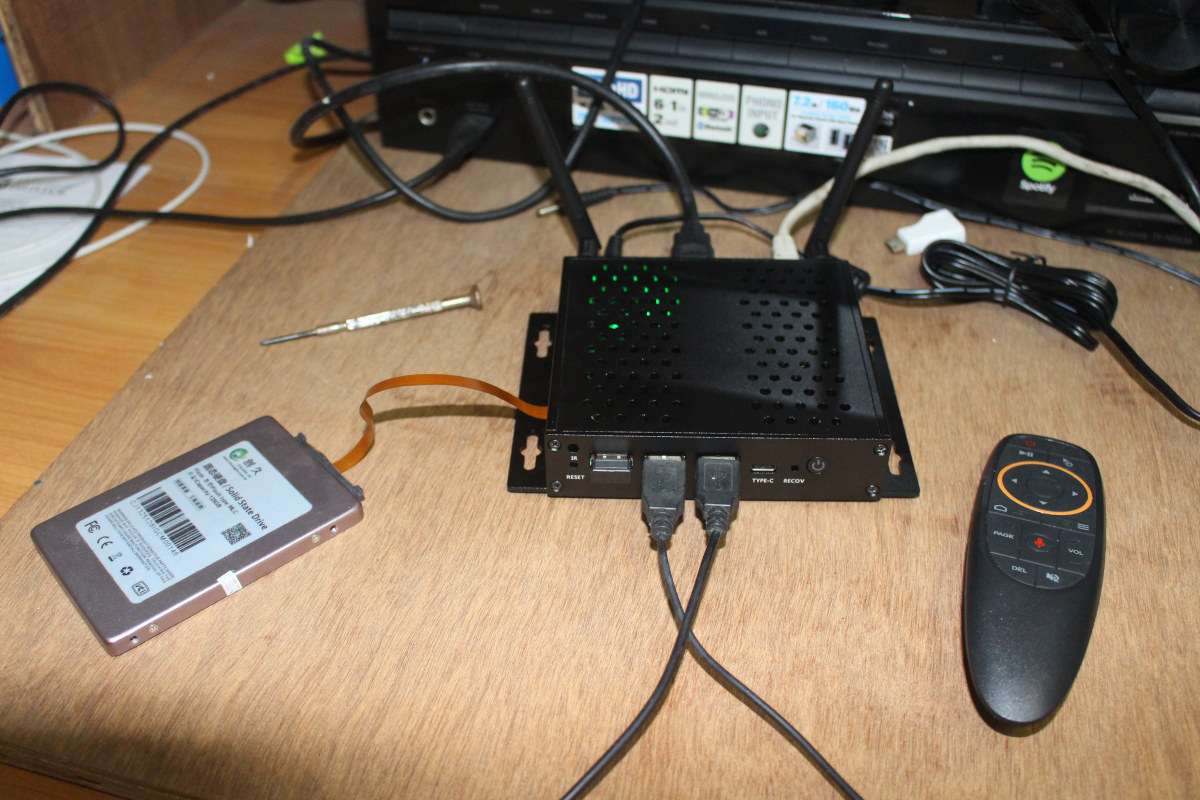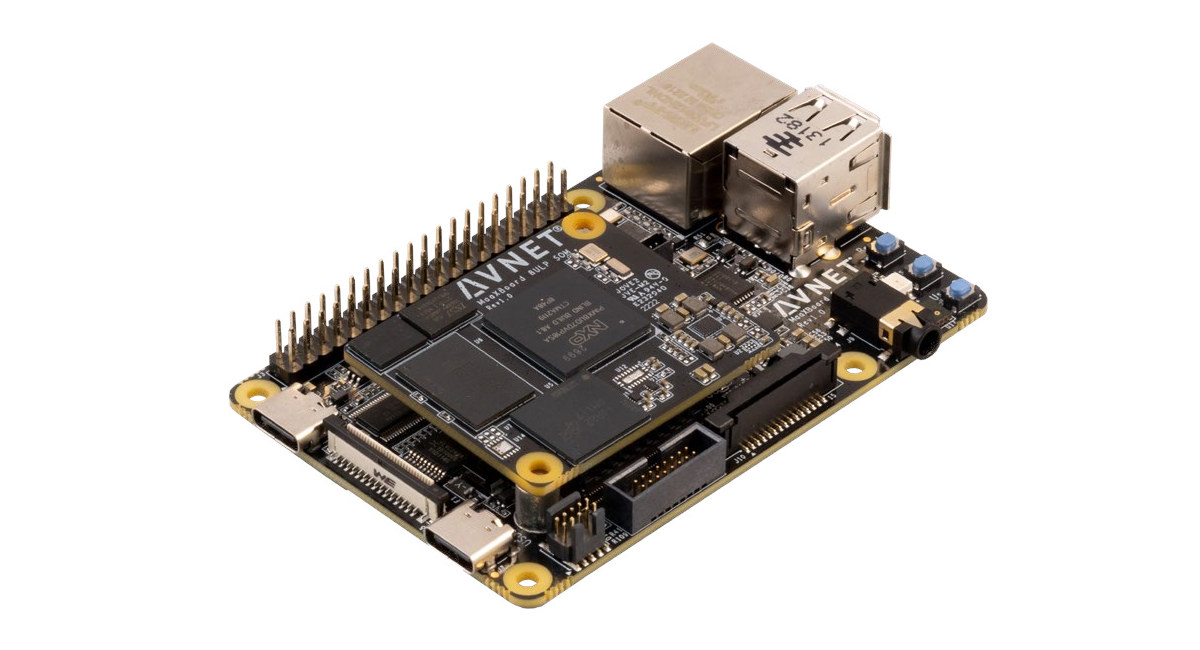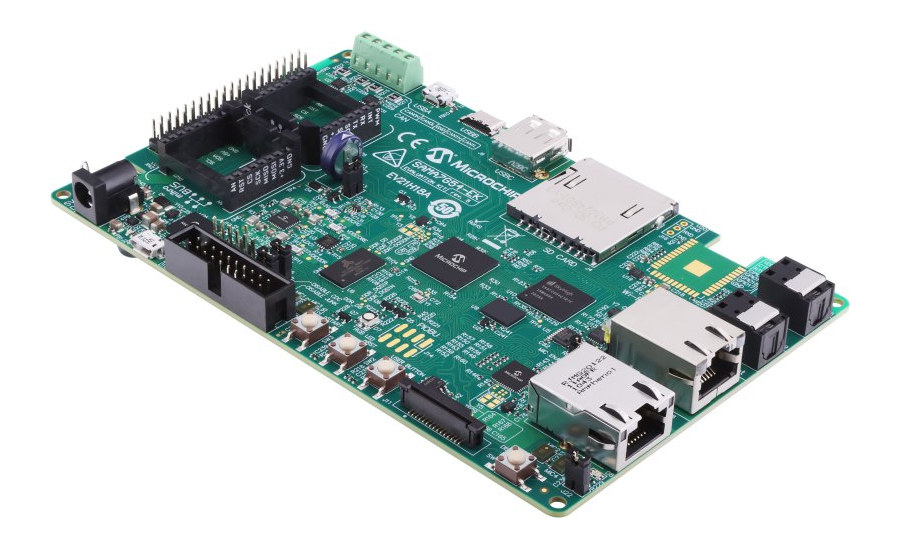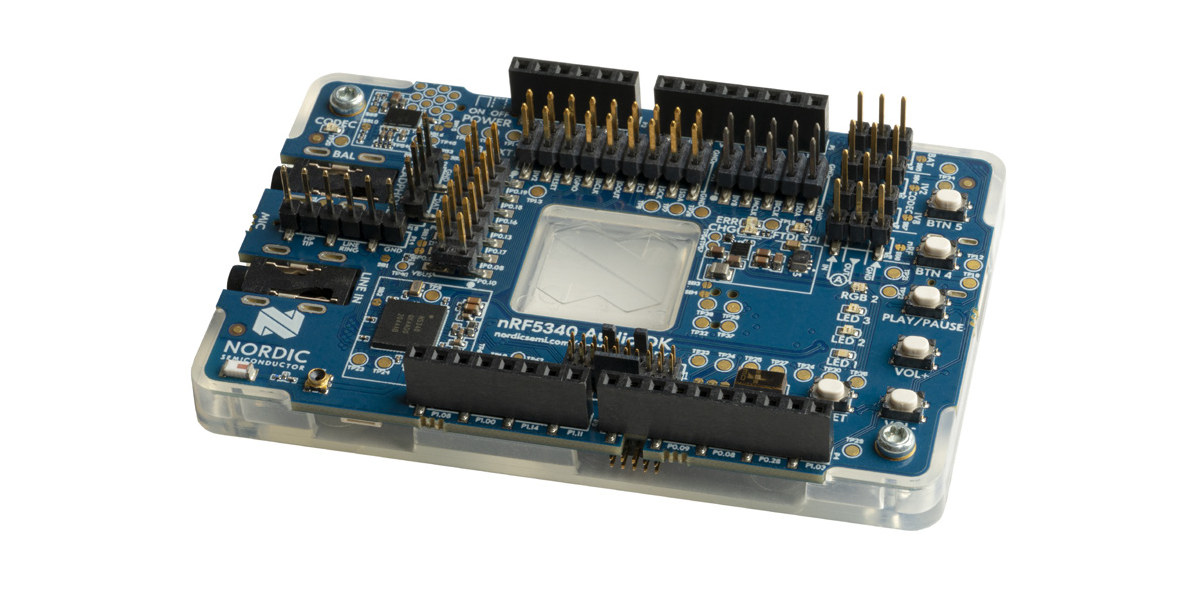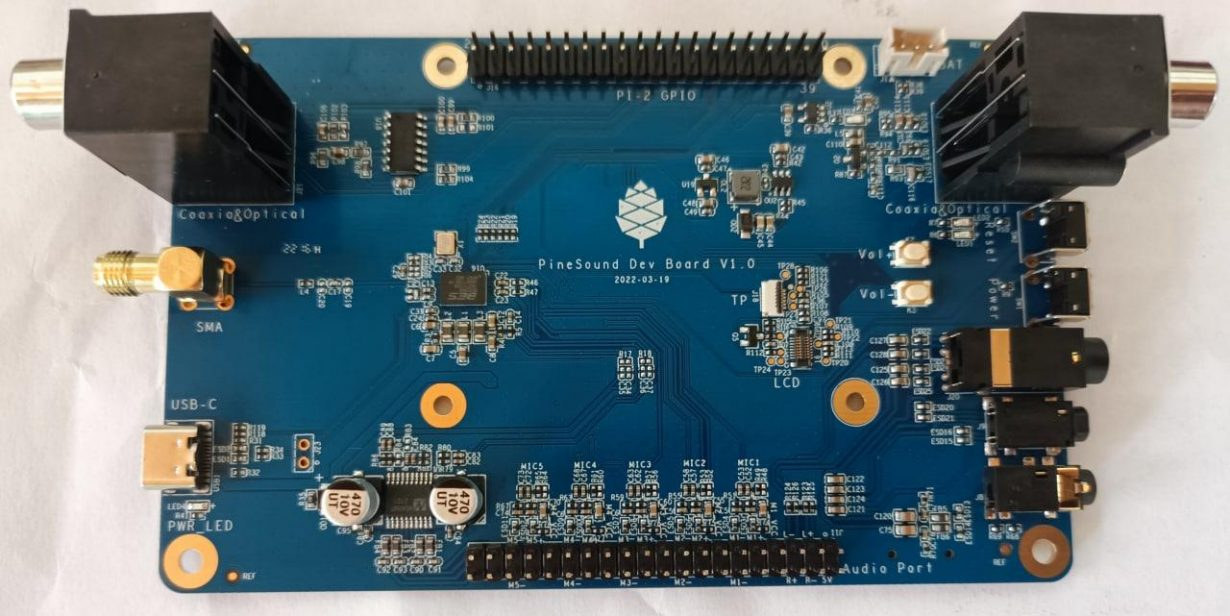ΔMIDI 001:model D is an Arduino-based MIDI controller inspired by the Minimoog Model D synthesizer first introduced in the early 1970’s, but not in production anymore. The MIDI controller is compatible with VST (Virtual Studio Technology) plugins designed for the Minimoog synthesizer, DAWs (Digital Audio Workstation), and as an open-source, can be directly modified or tweaked by its user. ΔMIDI 001:model D key features and specifications: MCU – Arduino-compatible ATMega microcontroller Controls 21x analog potentiometers 6x 6-stage knobs 15x toggle switches 2x lever switches 3x LED indicators 44x physical controls in total. Sync button for instant settings transfer. Map button for changing MIDI mapping on the fly. Class-compliant MIDI-USB protocol implementation Eurorack-compatible design Dimensions – 425 x 110 x 48 mm Weight – 1100 grams Materials – Three layers of fiberglass reinforced laminate with an additional layer of sheet aluminum. All CNC-machined. The 001:model D MIDI controller has been tested […]
Mekotronics R58 review – Part 2: Android 12 on Rockchip RK3588 CPU
I’ve written the first part of Mekotronics R58 review last month with an unboxing, teardown, and first boot with 3D graphics benchmarks. I’ve now had more time to play with Android 12 on the Rockchp RK3588 mini PC, so I’ll report my experience with the device. User interface and settings As already mentioned, the box ships with Android 12 for TV and the stock launcher. The Google Play store is working, and I had no troubles installing all apps I needed for the review. Most of the settings are pretty much standard. While the first time, I used Ethernet, and also tried WiFi 6 connecting the R58 to Xiaomi Mi AX6000 router. It worked but not without some effort, as initially, all I got were messages like “Couldn’t find SSID” both with 2.4GHz and 5GHz SSIDs. It turned out I had to disconnect the Ethernet to make WiFi work, and […]
Silabs EFM32-based HydroMoth enables underwater acoustic data recordings
Open Acoustic Devices’ HydroMoth is the underwater equivalent of the AudioMoth full-spectrum acoustic device that records audio samples mostly to monitor wildlife. Still based on a Silicon Labs EFM32 Wonder Gecko MCU, the HydroMoth is firmware-compatible with AudioMoth, enables audio recording at up to 60 meters deep, and has been tested to last two months at a depth of 30m using three AA batteries. HydroMoth key features and specifications: Wireless microcontroller – Silicon Labs EFM32 Wonder Gecko Cortex-M4F MCU @ 48MHz with 256kB Flash, 32kB RAM Storage – MicroSD card slot to store audio data Audio capture Onboard analog MEMS microphone acting as contact hydrophone Analog preamplifier with adjustable gain Uncompressed WAV from 8k to 384k samples per second USB – Micro USB Type-B port for configuration and reprogramming of the flash Misc Onboard RTC to track time in UTC timezone Improved 32.768 kHz MEMS oscillator to reduce clock drift […]
MaaXBoard 8ULP SBC leverages NXP i.MX 8ULP Cortex-A35/M33 SoC for Edge audio and HMI applications
Avnet MaaxBoard 8ULP will be one of the first single board computers (SBC) based on the new NXP i.MX 8ULP Cortex-A35/M33 processor designed for Edge audio and HMI applications, and featuring NXP’s EdgeLock for device-to-cloud security. The board will come with 2GB RAM, 32GB eMMC flash, a MIPI DSI display connector, a MIPI CSI camera connector, Fast Ethernet and WiFi 5 connectivity, a digital microphone, and a 3.5mm stereo audio jack, and provide expansion capabilities via a 40-pin header for Raspberry Pi HATs and a 16-pin Shuttle Click header for MikroE Click add-on boards. MaaXBoard 8ULP SBC specifications: SoC – NXP i.MX 8ULP processor with 2x Arm Cortex-A35 core @ 1.0 GHz, 1x Arm Cortex-M33 real-time core @ 216 MHz, 1x HiFi 4 audio DSP @ 600 MHz, 1x Fusion DSP @ 200 MHz for low-power voice and sensor hub processing, as well as 2D and 3D GPUs and 768 […]
Bluetooth Auracast broadcast audio is the new name for Bluetooth LE audio sharing
Multi-stream and broadcast audio features part of the Bluetooth LE Audio standard have been given a brand name by the Bluetooth Special Interest Group (SIG). Meet Bluetooth Auracast broadcast audio, or simply Auracast for shorts. As a reminder, Bluetooth Audio LE broadcast enables an audio transmitter, be it a smartphone, laptop, television, or public address system to broadcast audio to an unlimited number of nearby Bluetooth audio receivers that could be speakers, earbuds, or even hearing devices. Auracast broadcast audio will let users invite others to listen to the same music without disturbing others around them, for example, a group of friends could listen to the music in the subway or on a bus through Auracast-enabled earbuds. Auracast will also be useful in public places, where for instance, users could listen to the audio from muted televisions at airports, gymnasiums, or train stations, and public announcements (e.g. gate changes, boarding […]
Microchip SAMA7G54 is a single-core Arm Cortex-A7 microprocessor for low power AI camera & audio applications
Microchip has just announced the 1 GHz SAMA7G54 single-core Arm Cortex-A7 microprocessor (MPU) with MIPI CSI-2 and parallel camera interfaces, as well as up to four I2S, one SPDIF transmitter and receiver, and a 4-stereo channel audio sample rate converter. The company specifically launched a single-core processor to offer a lower power solution for AI camera and audio solutions, and the chip is coupled with the MCP16502 power management IC that has been optimized to provide the best power/performance ratio for the SAMA7G54. Microchip SAMA7G54 specifications: CPU – Arm Cortex-A7 based MPU @ up to 1GHz with 256KB L2 cache Memory – DDR2/DDR3/DDR3L/LPDDR2/LPDDR3 up to 533MHz Storage – Quad SPI, Octal SPI, 3x SD/eMMC Camera I/F – MIPI CSI-2 (2-lane up to 1.5 Gbps each) and 12-bit parallel camera Up to 8 Mpixel @ 30 fps Audio – Up to 4x I2S, PDM, SPDIF (Rx/Tx), 4 stereo channel ASRC Networking […]
Nordic Semi launches the nRF5340 Audio DK for Bluetooth LE Audio development
Nordic Semiconductor nRF5340 Audio DK is a Bluetooth LE audio development kit that enables better audio quality with LC3 codec, longer playtime, and new features such as Multi-Stream Audio and and Broadcast Audio. Equipped with the nRF5340 dual-core Cortex-M33 SoC, nPM1100 PMIC, and Cirrus Logic’s CS47L63 Audio DSP, the kit can be configured as a True Wireless Stereo (TWS) earbud, an LE Audio USB dongle, an enterprise headset, or a broadcast receiver. nRF5340 Audio DK specifications: WiSoC – Nordic Semi nRF5340 dual-core Arm Cortex-M33 multi-protocol microcontroller with support for Bluetooth 5.3 LE, Bluetooth mesh, NFC, Thread, Zigbee, 802.15.4, ANT, and 2.4 GHz proprietary; 1 MB flash and 512 KB of RAM for the 128 MHz application core, and 256 KB Flash and 64 KB RAM for the 64 MHz network core. Storage – MicroSD card holder Audio Cirrus Logic Audio DSP CS47L63 3.5mm mono headphone jack, 3.5mm stereo analog Line IN […]
PineSound is a development board for earbuds and digital audio players
You may have read Pine64’s April’s Fools spoof about the PineBuds and PinePod earlier this month. It turns out those will be real, and the Pine64 PineSound development board will be used to bring the PineBuds earbuds and PinePod digital audio player to market. The PineSound board features Bestechnic BES2300 Bluetooth 5.0 audio chip, two coaxial & optical input and output, a 3.5mm headphone jack, 4.4mm and 2.5mm balanced jacks, an SMA connector, a USB Type-C connector, plus interfaces for a touchscreen display. PineSound preliminary specifications: WiSoC – Bestechnic BES2300-YP dual-core Arm Cortex-M4F @ up to 300 MHz with HW DSP instruction, 992KB SRAM, 4MB flash, Bluetooth 5.0 dual mode. Supports hybrid ANC (active noise cancellation) and TWS (true wireless stereo). Note: the datasheet has been made available in the comments section. Display – LCD (should be SPI) and touch panel connectors Audio Coaxial & optical input (left) Coaxial & […]



